Equine Shiatsu – A deeper form of Bodywork By Dian Van Eyck
At this year's Hickstead, we met the lovely Dian and got chatting about what she does.
It's such a fascinating practise that we invited Dian to share a bit more information about her work with you all!
Read below to find out more about what Equine Shiatsu is...written by Dian herself, and you can find her contact details at the end too.
.

.
Shiatsu, meaning ‘finger pressure’, is a Japanese word pronounced “she-at-sue”. The modern history of Equine Shiatsu began in the early 1980s, following a revival of the practice that has actually existed for thousands of years. It can be likened to Acupuncture, but no needles are involved. Although there are elements of massage, with leg and tail rotations and stretches, the ‘real’ Shiatsu is the holding or working of certain points (known as ‘Tsubos’) along various ‘Channels’ (popularly referred to as ‘Meridians’). It tends not to be much of a ‘spectator’s sport’; but the many noticeable reactions, which can be quite subtle, will help lead me to where, and how, I next work with the body.
.


.
There are many Channels throughout the body, relating to various organs and their functions and energetic qualities (which include emotions). Working the Liver Channel for example, will influence the removal of toxins and lessen frustration. The Channels are the pathways that Life Energy, referred to as ‘Chi/Qi’ (“chee”) or ‘Ki’ (“key”), flow. Chi literally means air or space, but it is really more of a concept which is why Western science tends to struggle with it! If you’d like to understand in more detail what Chi is and how Shiatsu/Acupuncture work, ‘The Spark in the Machine – How the Science of Acupuncture Explains the Mysteries of Western Medicine’ by Dr Daniel Keown is a great read.
.

.
Chi’s power becomes concentrated in the body between fascia (connective tissue). Fascia is compressed when a Shiatsu Tsubo is worked, which allows the connective tissue to conduct electricity. This is why Shiatsu has such a positive effect on the body. Electricity is required by the body to make moving, thinking, and feeling possible. Connective tissue is continuous throughout the body (as are the Shiatsu/Acupuncture Channels – even though they are named separately), hence why it is possible to improve the mobility of a damaged hock or ankle on one side by working the carpal area or wrist on the other, for example.
.

.
Shiatsu promotes deep relaxation, vital to keeping healthy and helping to heal. Clinical trials have shown it to be particularly effective in relieving stress so is ideal for anxious or abused horses, hormonal mares, and those on box rest following injury or operation. It works at the root cause of issues, not just the symptoms, and helps ease arthritis, lameness, sweet itch, respiratory problems, allergies, and so on. Regular treatment (often suggested as each month to 6 weeks or so, depending on the individual) helps keep horses supple and toned; and can help prevent or pick up issues early, dealing with them before they become a big (and so usually expensive!) problem. It complements other treatments such as Chiropractic by making adjustments easier, more effective, and longer lasting; and can help horses better accept Dentist and Farrier visits!
.

.
Shiatsu is non invasive and gentle, but can have dramatic results, usually within 2 to 3 sessions. Horses can’t be fooled into thinking something works, so the results of a session speak for themselves. The effectiveness of the practice makes it a very worthwhile asset in maintaining the health and happiness of the horse. For optimal wellbeing, sessions need to be coupled with good nutrition, hydration, exercise, mental enrichment, and regular saddle checks.
.

.
If you feel you would like your horse to experience this amazing therapy please give me a ring on 07772 642244 (or email equinedian@gmail.com). I’m based in Chelmsford and am regularly seeing horses there, and throughout Essex; including Billericay, Brentwood, Mundon, Dunmow, Colchester, and Epping.
.
If you need to find a practitioner in a different location please go to www.equineshiatsu.org. Or if you would like to learn some basic techniques over a weekend to help your horse, or enrol on the 2½ year diploma course (which qualifies you to become a practitioner) go to www.schoolofequineshiatsu.com. (Besides learning the principles of Shiatsu, horse evolvement and behaviour, and first aid; basic anatomy, physiology, and pathology are also studied, enabling cases to be discussed competently with Vets and other professionals, should this be required).
.
I would strongly urge you to try Shiatsu for yourself too. Often horses are unbalanced (both physically and mentally) because of us humans!
If you can understand your own body well you will also be more aware of how your horse feels.


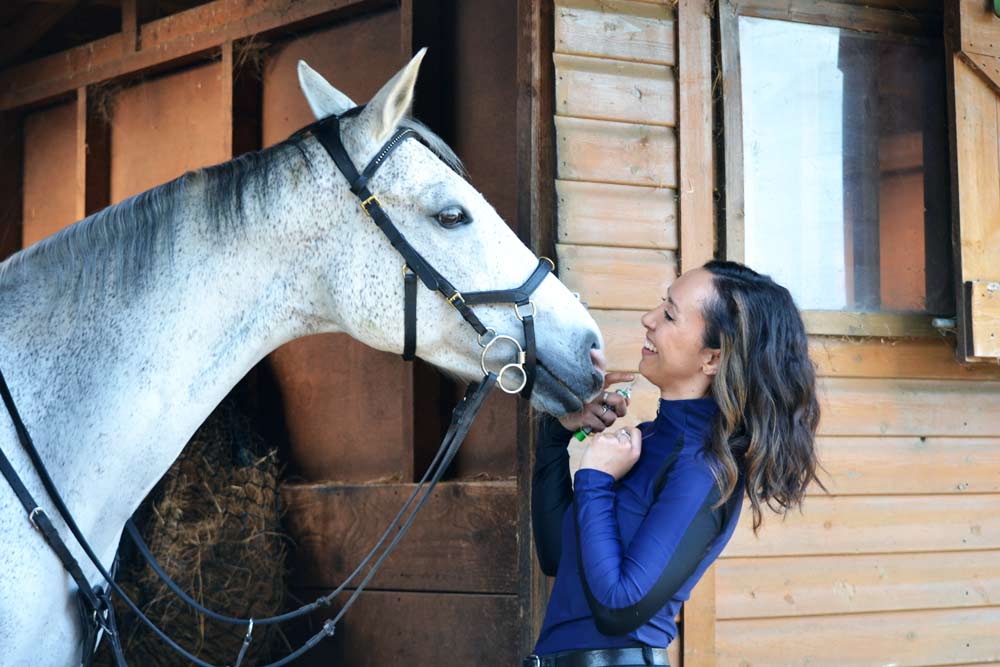
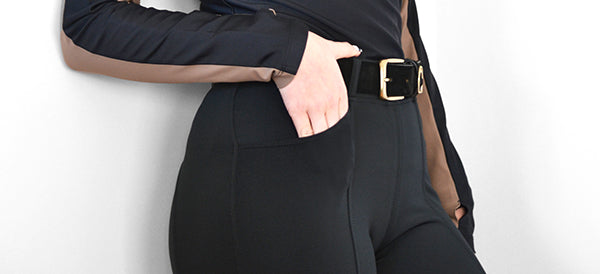
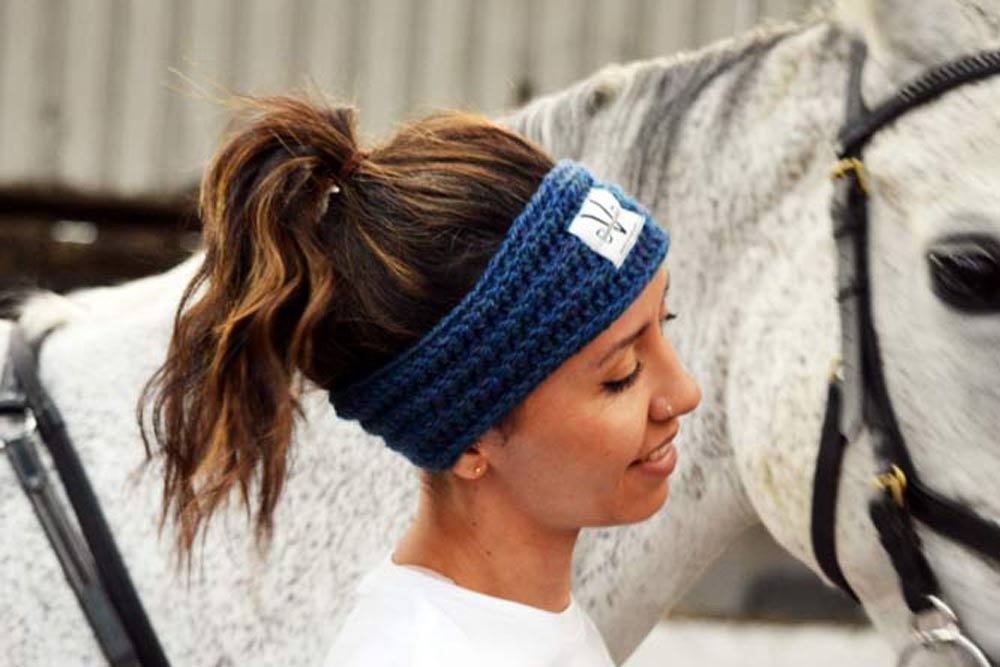

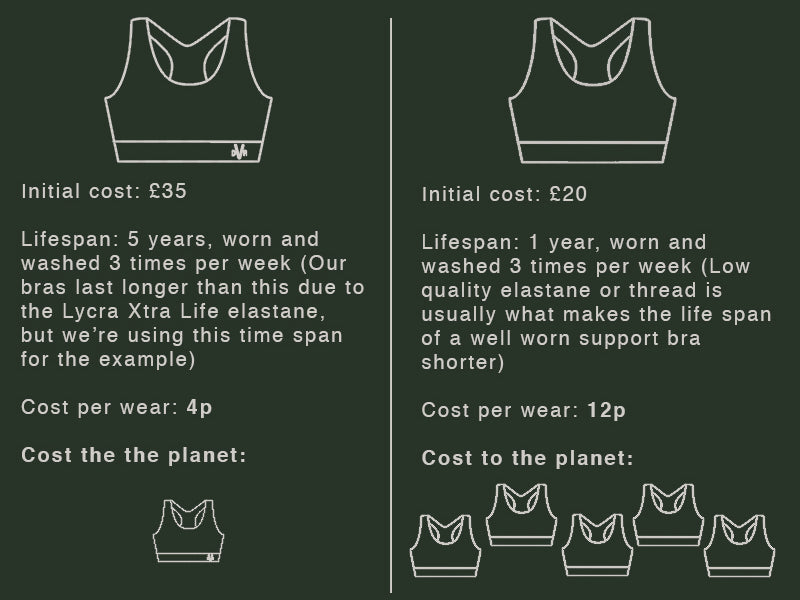
Leave a comment